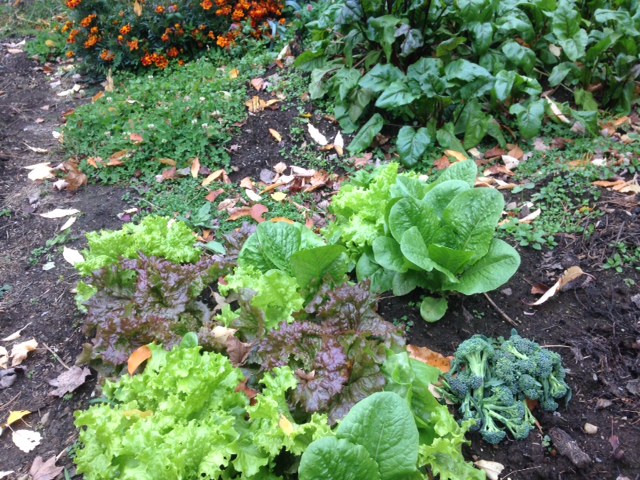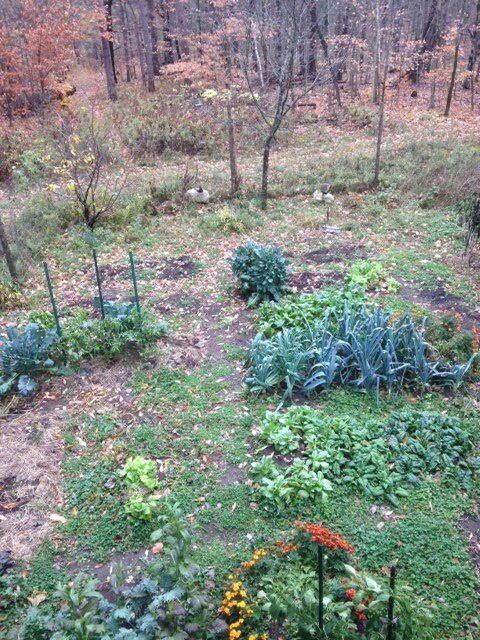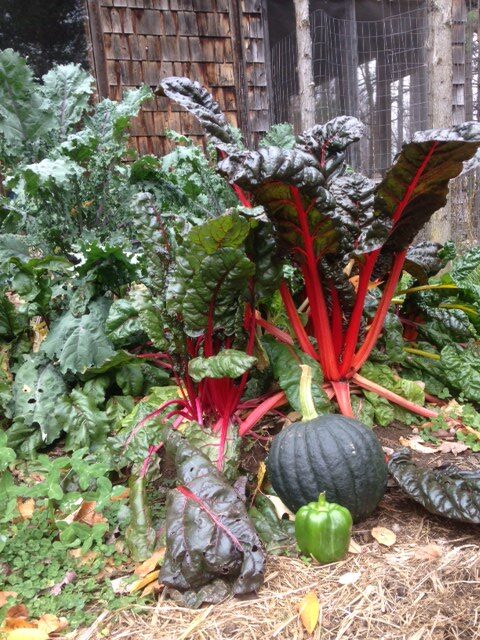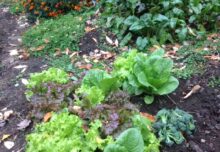
I am a greedy vegetable gardener. One garden isn’t enough, or even two. A few years ago I converted the grass to the south of our house, former home of a swing-set and a sandbox, into my third vegetable garden. The first year I poked a few holes in the sod, added rich compost and threw in winter squash seeds. The eager plants roamed around on the grass and delivered a good harvest. The next year the section where I had smothered the grass with black plastic became raised beds for a row of tomato plants. This year most of the fenced-in area seemed fertile enough to try a crop. I planted a bit of this, a bit of that—swiss chard, tomatoes, beets, leeks, broccoli, carrots, garlic, green beans, lettuce, peppers, basil, winter squash, eggplant, spinach, cilantro, kale.
But I didn’t anticipate the desert-like conditions my plants would suffer through this summer. I don’t have an irrigation system except for hauling rainwater in five-gallon buckets. The ground became so dry and dusty that often when I did try to help out the plants the water just rolled off the surface of the beds to soak into the paths.

Could I keep my plants alive through the heat and dryness? I kept waiting for a good soaking rain so I could mulch the beds with straw mixed with goat manure. But that rain never happened. When I reached my hand down into the soil I found dry dust beneath the surface layer of damp watered ground. It seemed impossible that my plants would live through the extreme dryness around and under them. The curse of 2020 extended into my vegetable gardens.
But here’s the thing about plants, they’re tenacious. Somewhere deep down in the ground their searching roots found moisture. The green beans produced endless numbers of beans. The brassicas burst forth with lovely crowns of tender broccoli, enormous stalks of kale and creamy white cauliflower hiding under blue-green leaves. The pepper plants grew so tall they needed staking and the zucchini, well, it behaved like zucchini does, each plant pumping out a new full-size squash every day or two.
The other thing the veggie garden produced was joy. My admiration for my clever plants made me forget the anxiety and fear that the daily news bathed me with, its unease. Here were plants in vibrant shades of green bursting out of soil that seemed more like dry ash than a medium for plant growth. As I picked basket after basket of green and yellow beans I marveled at the glory of photosynthesis. When the tomatoes began to ripen I walked along the tomato cages reaching in to pick smooth, glossy fruit and drew into my nose the spicy smell of tomato leaves, one of my favorite scents of summer.

I’m writing this on October 18th and this garden is still green. The marigolds, very sensitive to frost, show off with oodles of orange and yellow flowers. The pepper plants have baby peppers growing, as if to chastise me for picking all the bigger ones on an evening when I feared a frost. The hardier plants—spinach, lettuce, beets and bok choi— lift up their leaves to the autumn sun, ignoring the approach of winter.
I like their attitude. Grow now. Don’t worry that it is almost the cruel month of November. It isn’t useful to speculate what might happen in the future. Live in the moment. But also, put down roots. Find water in dry times.



